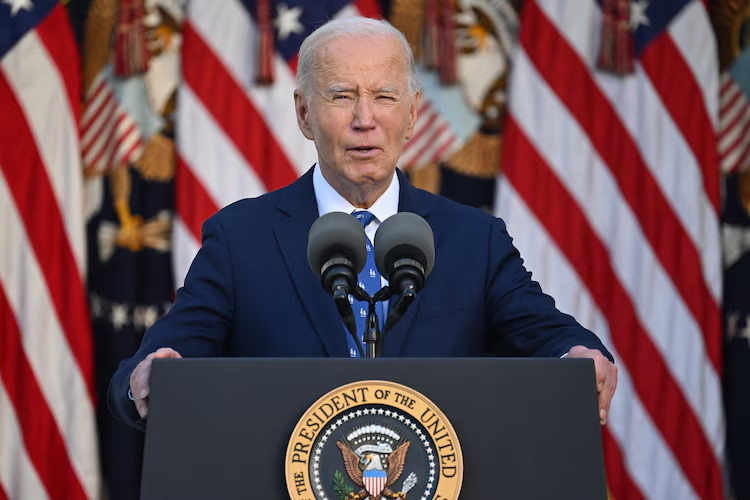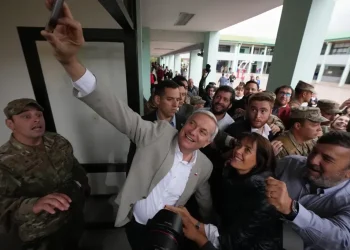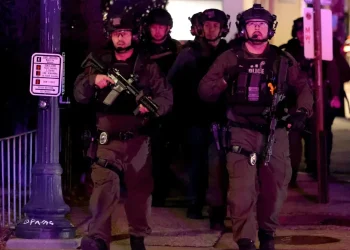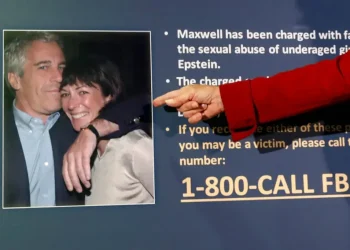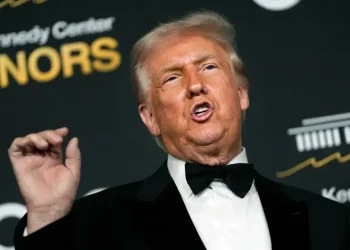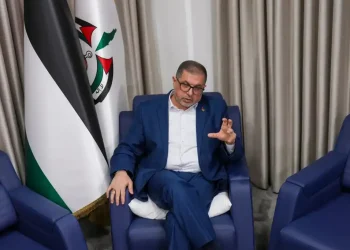Israeli Cabinet Approves U.S.-Backed Ceasefire with Hezbollah
The Israeli Cabinet has approved a U.S.-mediated ceasefire agreement with Hezbollah following extended negotiations. The decision was finalized late Tuesday night, with Prime Minister Benjamin Netanyahu presenting the proposal to the Cabinet. The agreement passed with a 10-1 vote, with far-right minister Ben Gvir opposing.
The ceasefire officially took effect at 4 a.m. Wednesday, local time, just hours after Israel announced the deal. U.S. President Joe Biden later confirmed the agreement at the White House, emphasizing the next steps:
- Deployment of the Lebanese Army: Over the next 60 days, Lebanese security forces will take control of southern Lebanon, areas currently under Hezbollah’s authority.
- Israeli Withdrawal: Israeli forces will simultaneously withdraw from these regions to allow displaced civilians to return home on both sides of the border.
Despite the agreement, tensions persisted. Bombing in Beirut continued late into the night, even after Biden’s announcement.
Statements from Leadership
Netanyahu credited U.S. involvement in brokering the deal but underscored Israel’s readiness to act against threats. “Israel reserves its right to respond to any threat to its security,” his office stated.
Hezbollah has not formally responded to the ceasefire, and Netanyahu acknowledged its actions would be critical to the agreement’s success. “The duration of this ceasefire depends on developments in Lebanon,” he said. “If Hezbollah violates the agreement, Israel will respond decisively.”
President Biden echoed these sentiments, stressing that Israel retains the right to self-defense under international law. He warned that any violation of the ceasefire, particularly threats from Hezbollah, would prompt a strong response.
Recent Conflict and Broader Implications
The ceasefire marks a significant moment in the ongoing conflict, which escalated in October when Israel invaded southern Lebanon in response to Hezbollah aggression. As recently as Sunday, Hezbollah launched a major attack, firing over 250 rockets into Israel.
Netanyahu highlighted military achievements during the conflict, including the elimination of Hezbollah leader Hassan Nasrallah and the destruction of key Hezbollah infrastructure. He reaffirmed Israel’s “complete military freedom of action,” warning that any attempts by Hezbollah to rearm or rebuild would be met with force.
Separate Conflict in Gaza
While the ceasefire addresses the situation in Lebanon, it does not extend to the ongoing war in Gaza between Israel and Hamas. President Biden expressed continued U.S. commitment to pursuing peace in Gaza, calling for an end to fighting and displacement.
“The people of Gaza deserve security and prosperity,” Biden said. “Far too many civilians have suffered due to Hamas’ refusal to negotiate in good faith.” He urged Hamas to release hostages, including American citizens, as a step toward resolution.
Path to the Agreement
The ceasefire resulted from extensive diplomatic efforts, including Netanyahu’s meetings with U.S. special envoy Amos Hochstein and Lebanese officials. Intense discussions over the weekend culminated in the Cabinet’s vote on Tuesday morning.
This agreement represents a fragile yet critical step in addressing regional tensions, with much depending on the actions of all parties in the coming weeks.
This article was rewritten by JournosNews.com based on verified reporting from trusted sources. The content has been independently reviewed, fact-checked, and edited for accuracy, neutrality, tone, and global readability in accordance with Google News and AdSense standards.
All opinions, quotes, or statements from contributors, experts, or sourced organizations do not necessarily reflect the views of JournosNews.com. JournosNews.com maintains full editorial independence from any external funders, sponsors, or organizations.
Stay informed with JournosNews.com — your trusted source for verified global reporting and in-depth analysis. Follow us on Google News, BlueSky, and X for real-time updates.
